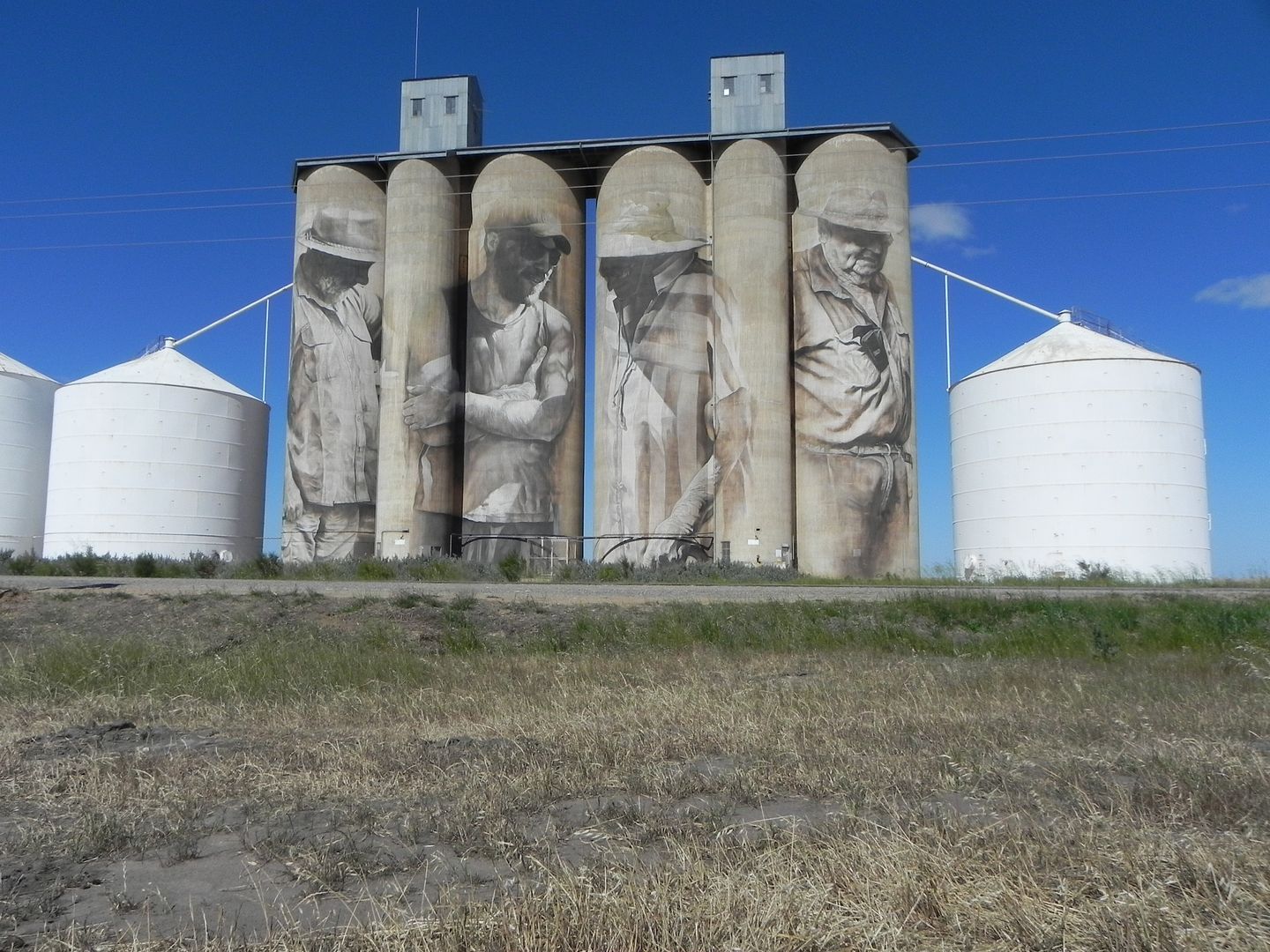It was on the Murray this time that we took a trip on a paddle boat on a lovely (Aussie) Spring day. Something about the sound of the engine sounded familiar and when we docked at the end of the voyage I asked the captain what powered the vessel “I think it is an old farm tractor, a Fordson Major from about 1955” he replied after having a short discussion with another member of the crew. Originally the boat would have been steam powered but, in restoration, the steam engine had been replaced by the Major.
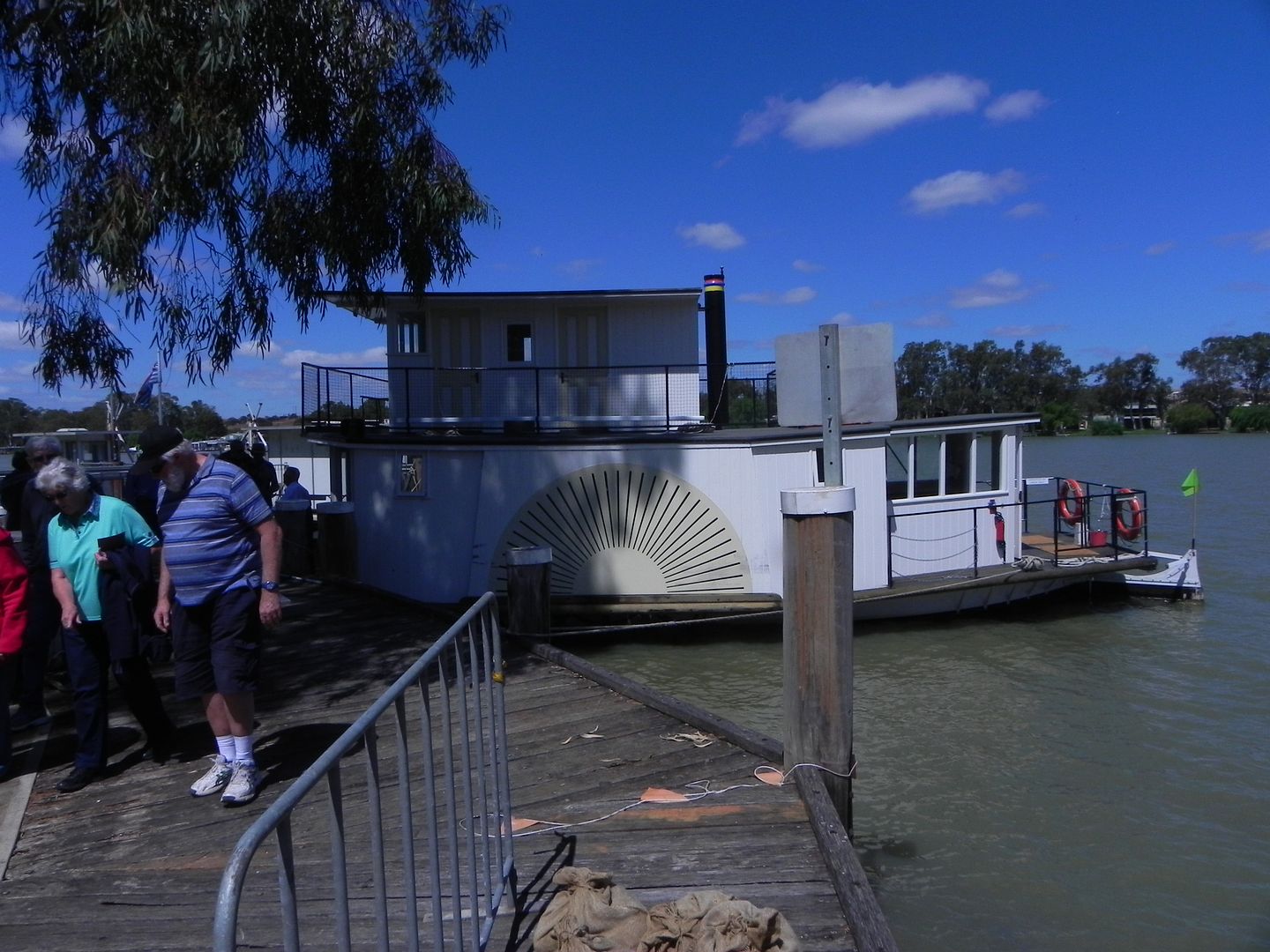
Many years ago on this board, we talked with an Australian member who was doing just that, replacing a steam engine with a Major, I wondered if this could be the same boat but there was no one there who could answer the question.
We attended the Fordson Club of Australia gathering in Warracknabeal, over a weekend in November, as well as the Deniliquin 100 years of Ford in Australia. The gathering was held in the Wheatlands Museum in Warracknabeal and is well worth a visit if you are ever in the area as it holds a wide variety of farming artefacts and a wide range of tractors, headers (combine harvesters) and other items of interest. It also holds a special significance to me as a cart and tractor from the farm of my 1st cousin, 3 times removed, is on display.

On the Sunday along with the club members we made our way to Rupanyup to visit another vast collection of tractors, implements and household items at the Woods Brothers museum where I got the chance to have a short drive round on the Ford 8401.

On the way to Rupanyup we took a detour to the town of Murtoa to visit a very interesting engine collection.
The site of the collection is slightly macabre as it is situated in an old slaughter house and the engines were used to drive the compressor units for the vast freezing plant which made ice for both the freezing of the carcases and for the trains that took them all over Australia. It is now the home of a high class furniture manufacturer.

The many sheep from the area were brought to the slaughter house and housed in the surrounding fields. They were then driven up a ramp to near the top of the building where they were slaughtered and butchered before their carcases were frozen and loaded into trains that pulled up close to the building. These trains had special tanks in the roof which were filled with ice at the same time which kept the meat cold until it reached its destination. On the side of the building are two doors one for the meat and one, high up in the wall, for the ice to be loaded from. Interesting fact, the sheep were slaughtered and butchered in the upper part of the building to reduce the fly problem, it seems that flies cannot fly over 12’ in the air.
The whole plant dates from the turn of the last century and finished production around 1920 so it was only in existence for a short time but the engines were put in place in 1902 and have never been moved since, we were told that they are one of the oldest sites of engines on their original mountings in the whole of Australia.
All are Ruston gas engines but have now been converted to run on paraffin for demonstration purposes. They are similar but not quite the same as the Ruston diesel we had in my first garage job to drive the DC generator for lighting and power. They are air start and, once running are remarkably quiet.
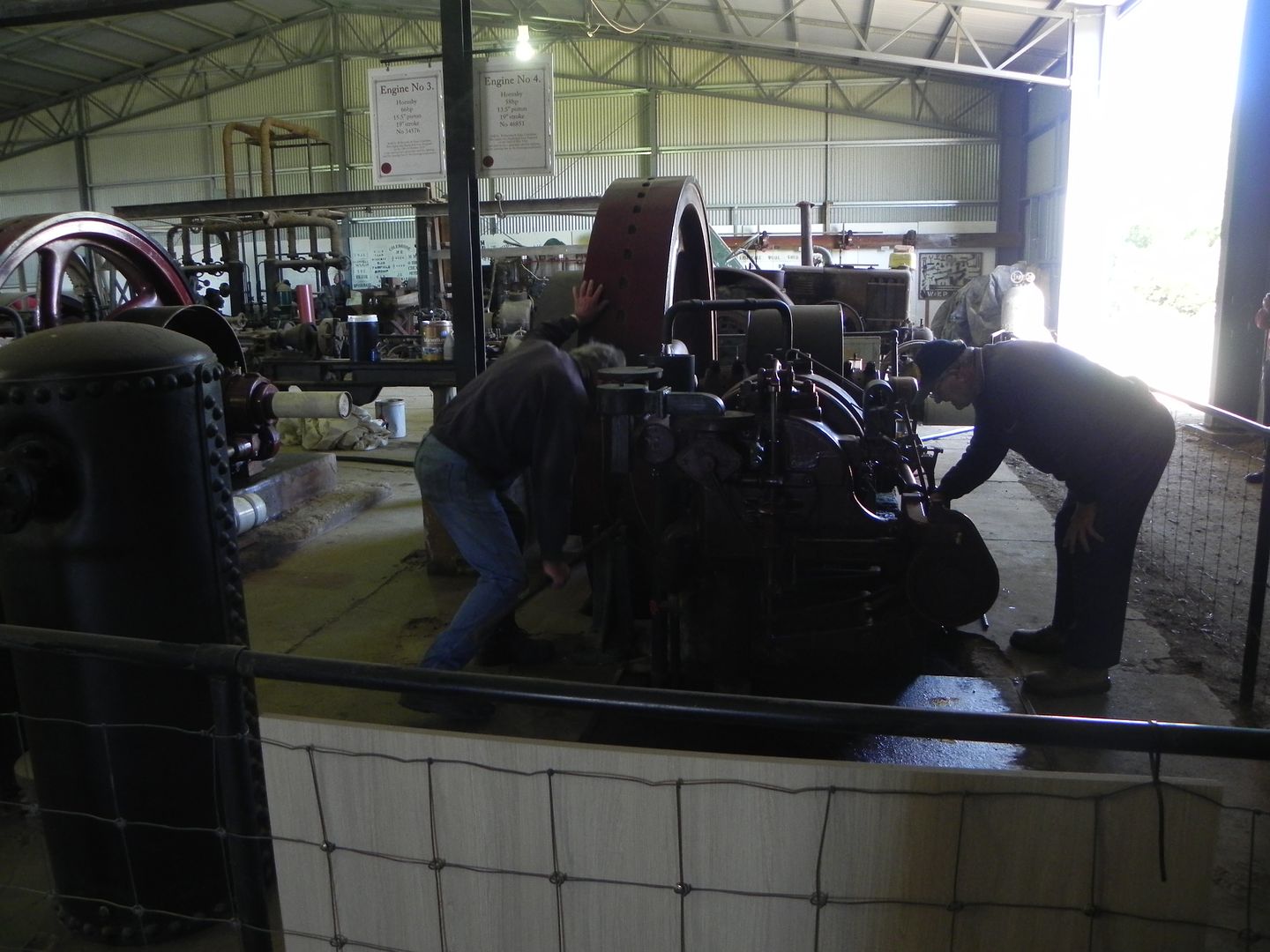
Preparing to start Number 4.

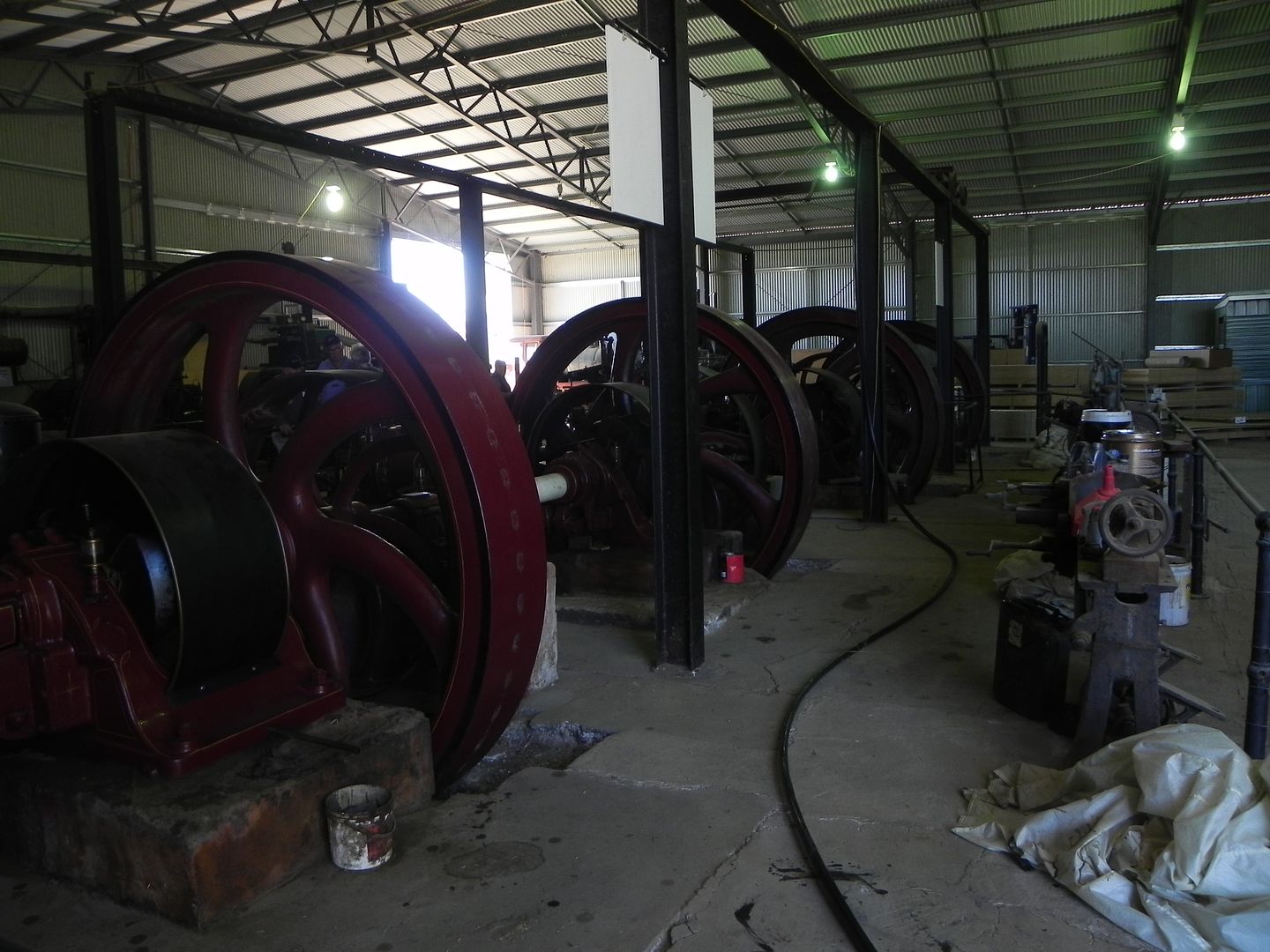
Four in line.
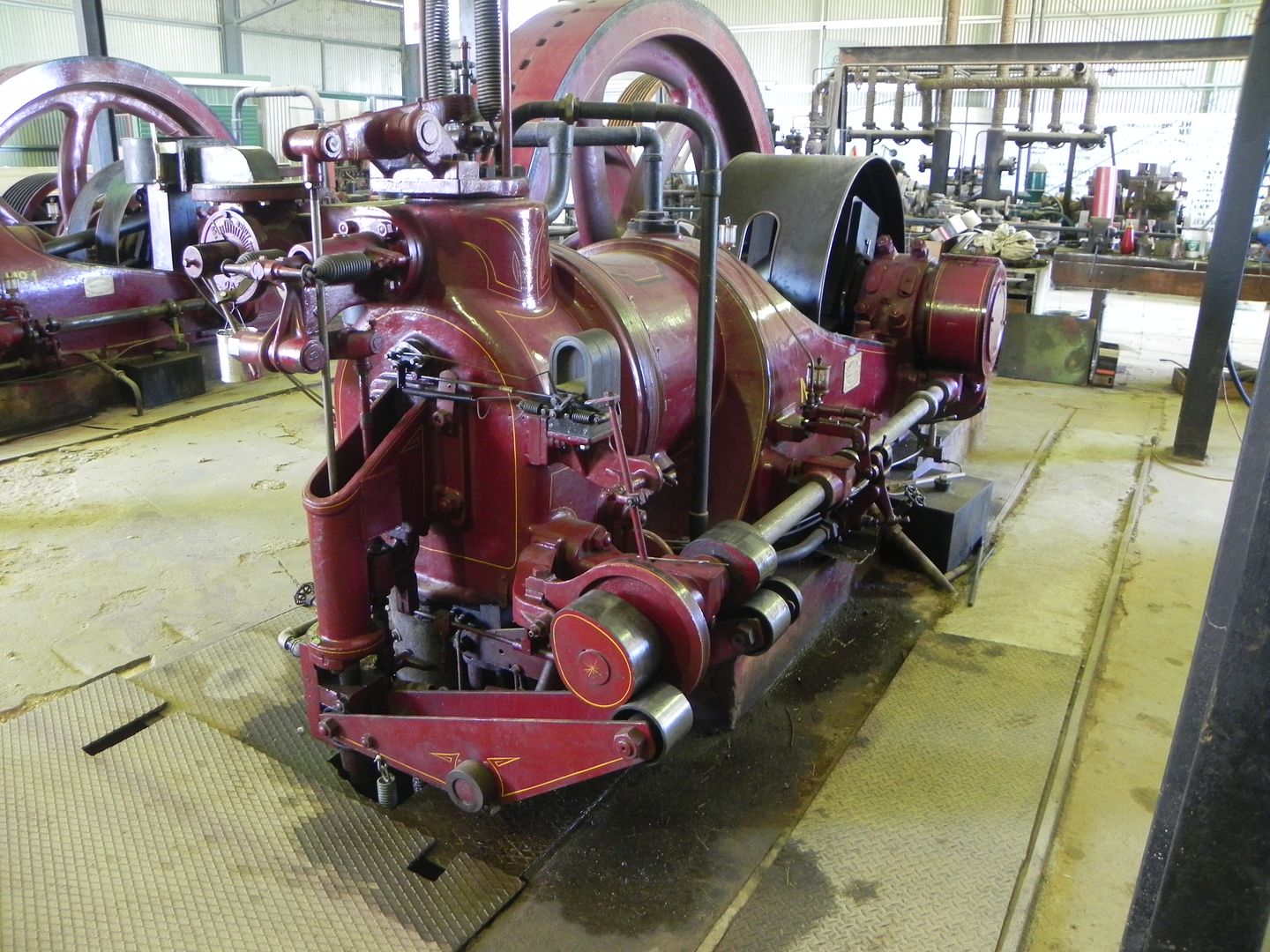

Simple magneto.
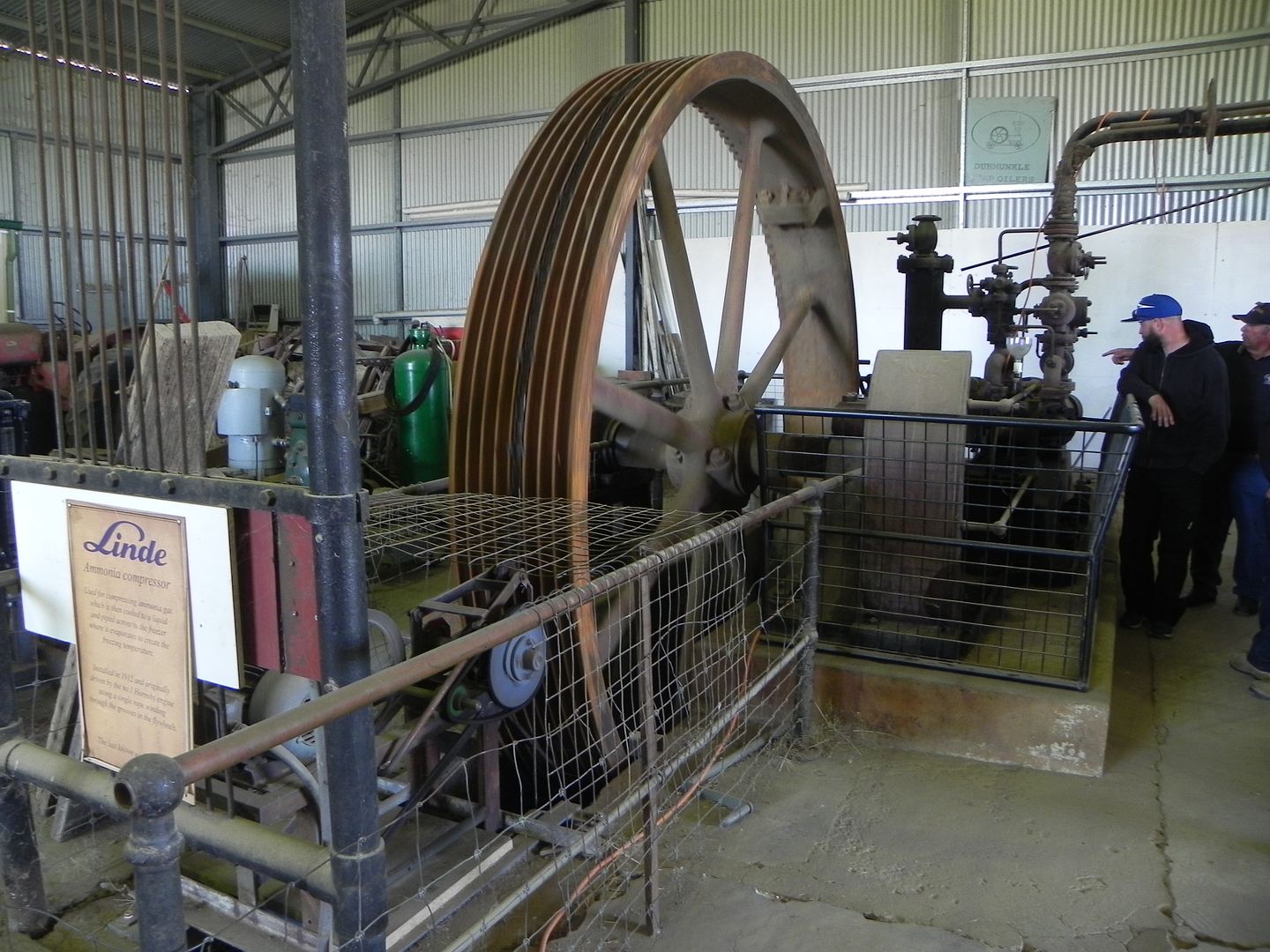
The gas compressors each engine drove was powered by ropes on the grooved pulley that ran in a waterbath to keep them cool and tight.

This particular group are into saving engines from scrapping and have a number of units all in running order. This is a Blackstone which sounded beautiful when they started it up for us. I was told it was a ship’s engine at one time.
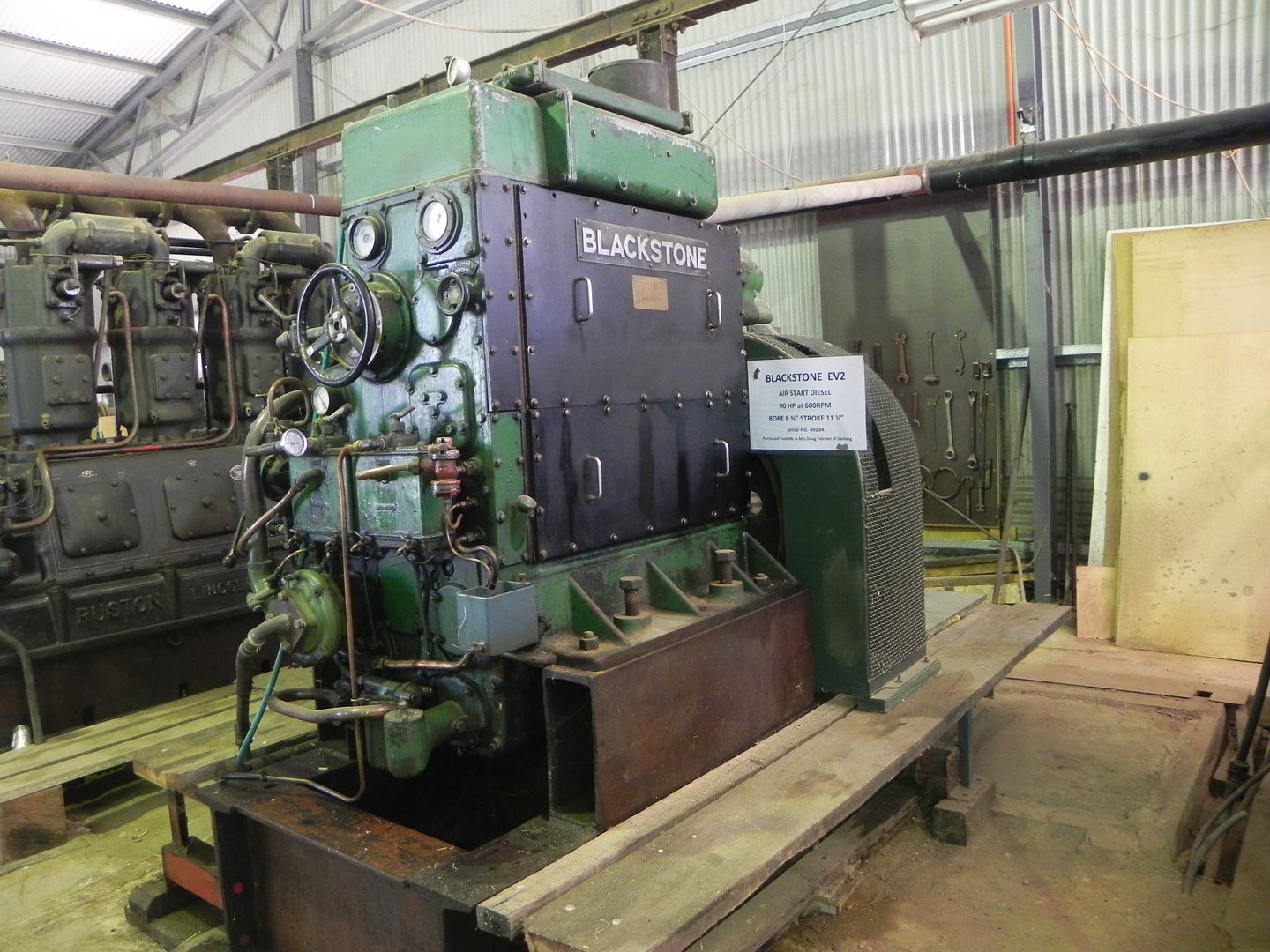
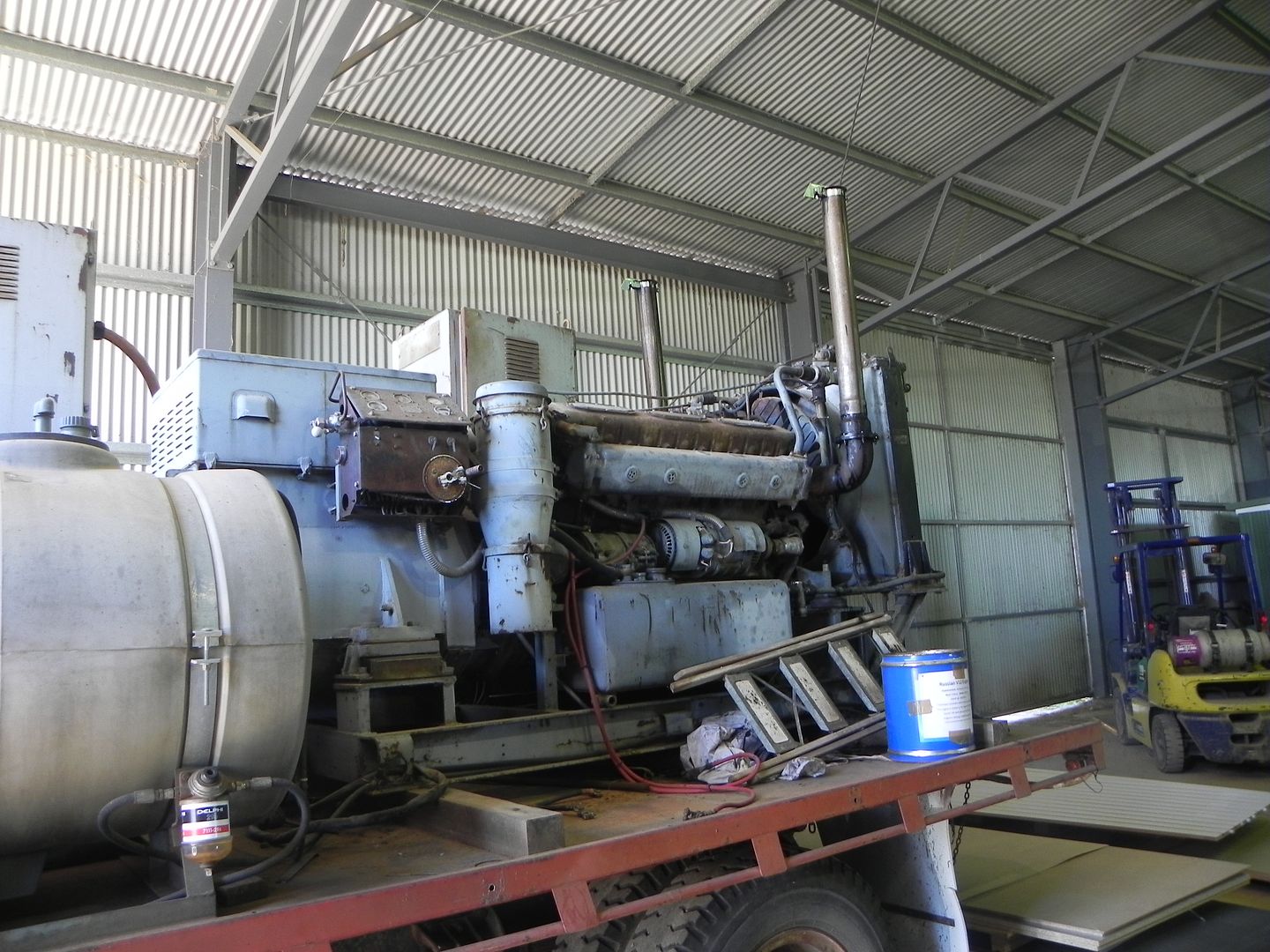
A new edition to the collection, a Russian engine powering a generator that had not been unloaded at the time of our visit.


This one was another Ruston of much later vintage.
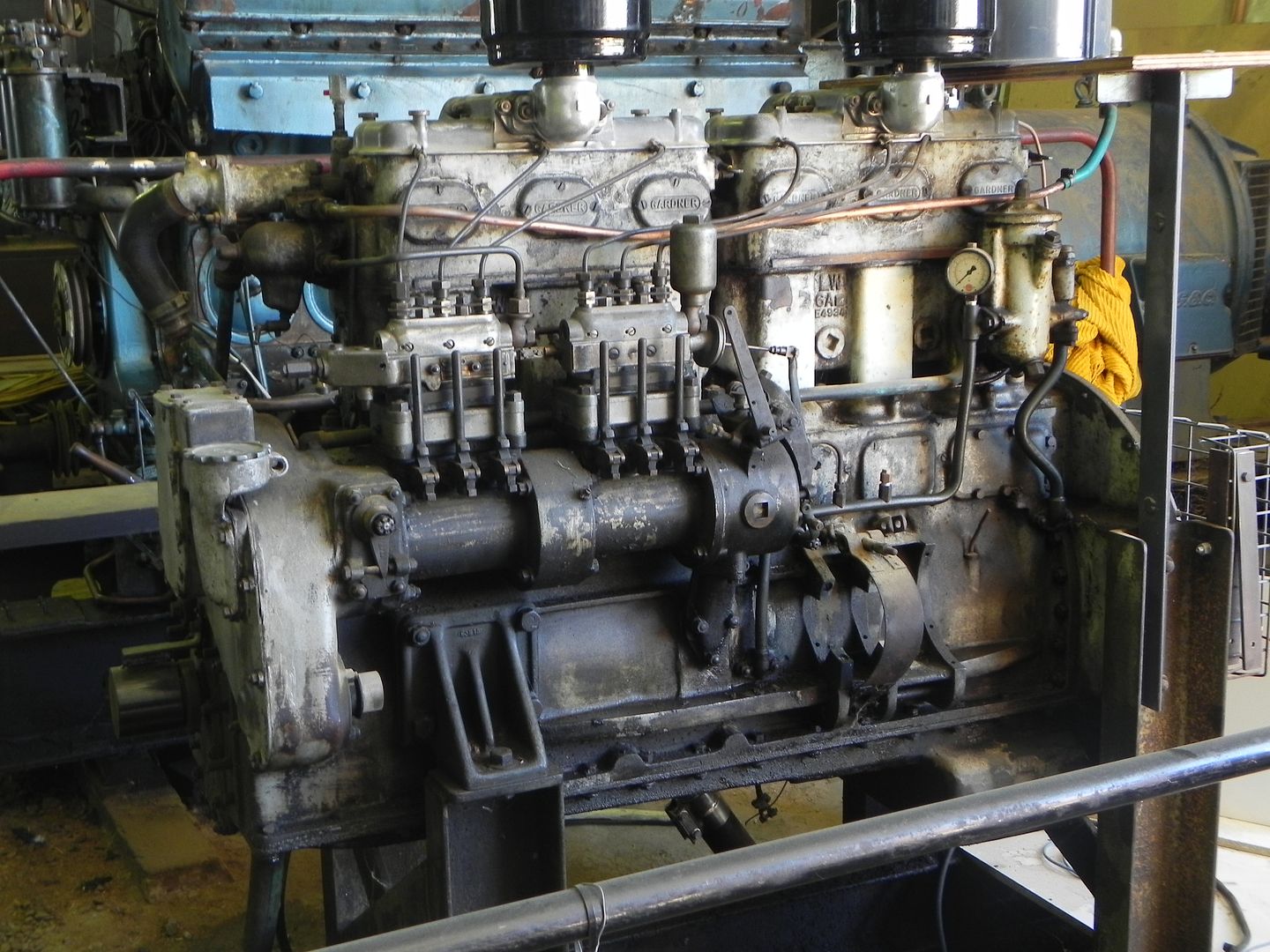
And this one is a Gardener.
Other sites in the vicinity of Warracknabeal worth a visit is the Tower Silo trail to see the paintings on disused concrete grain silos beside the railway line. These silos are around 100’ high and the artwork is amazing.
